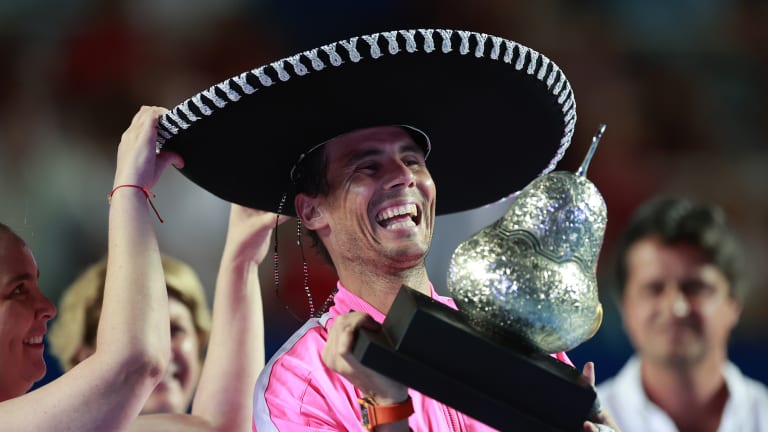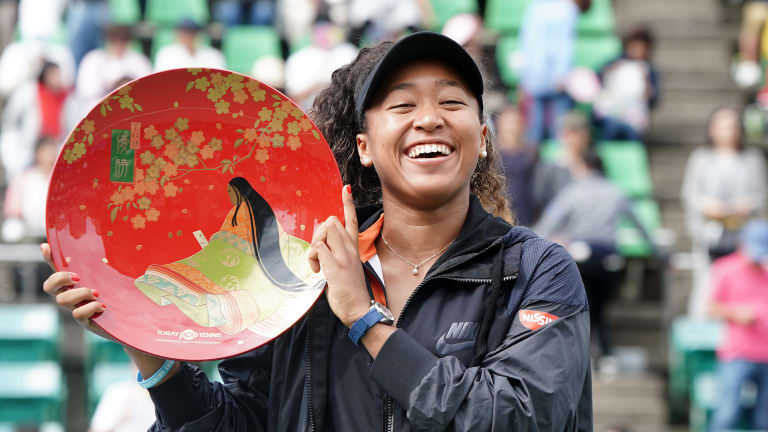10 Burning Questions in 2022
10 Burning Questions in 2022: What does a WTA calendar look like without China?
By Jan 05, 202210 Burning Questions in 2022
10 Burning Questions in 2022: Will the PTPA become a factor in the sport?
By Jan 07, 202210 Burning Questions in 2022
10 Burning Questions in 2022: Could this be the ATP season when we finally see a transition from the Big Three to the next generation?
By Jan 06, 202210 Burning Questions in 2022
10 Burning Questions in 2022: Is it time for Coco Gauff to deliver?
By Jan 04, 202210 Burning Questions in 2022
10 Burning Questions in 2022: Will Serena Williams play again?
By Jan 03, 202210 Burning Questions in 2022
10 Burning Questions in 2022: Which of the Russians will fare best on the ATP?
By Dec 31, 202110 Burning Questions in 2022
10 Burning Questions in 2022: What kind of impact will Emma Raducanu and Leylah Fernandez have?
By Dec 30, 202110 Burning Questions in 2022
10 Burning Questions in 2022: Will next season produce another first-time Grand Slam singles champion?
By Dec 29, 202110 Burning Questions in 2022
10 Burning Questions in 2022: What can we expect from Naomi Osaka’s return to tennis?
By Dec 28, 202110 Burning Questions in 2022
10 Burning Questions in 2022: Can we expect a Rafael Nadal rebound?
By Dec 27, 202110 Burning Questions in 2022
10 Burning Questions in 2022: What does a WTA calendar look like without China?
Now that a fifth of the WTA calendar is up in the air, where can women’s tennis go from there?
Published Jan 05, 2022
Advertising
Advertising

When China's Li Na won her first Grand Slam in 2011, there were only two WTA events in her country.
© AFP via Getty Images
Advertising

The WTA Finals was held in Latin America for the first time in 2021.
© 2021 Getty Images
Advertising

Rafael Nadal lifts the trophy in Acapulco, a favorite stop on the WTA and ATP tours.
© Getty Images
Advertising

Simona Halep in Dubai, the first Tour-level tournament to implement equal prize money for men and women.
© Getty Images
Advertising

Naomi Osaka won the trophy in her birth city of Osaka, Japan in 2019.
© Getty Images